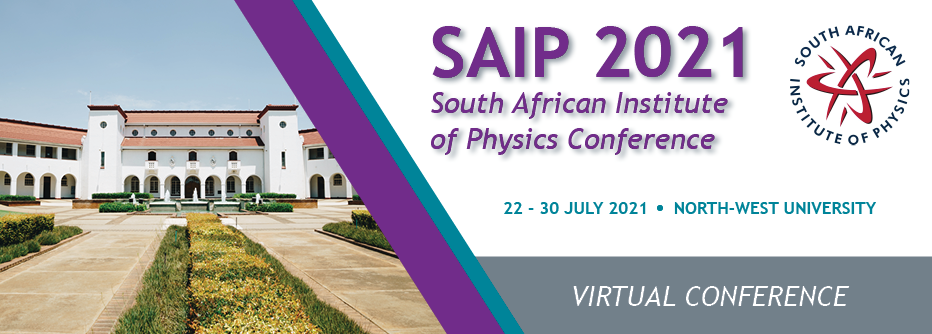Speaker
Description
Marsh et al.~(2016) detected radio/optical/UV pulsations from the binary system AR Scorpii (AR Sco) mainly at the beat period of $118$~s. This system, with an orbital period of $3.55$h, is composed of a cool, low-mass star and a white dwarf with a spin period of $117$~s. More recent observations also showed X-ray pulsations from this source (Takata et al. 2018). Buckley et al.~(2017) found that the polarimetric emission from the white dwarf is strongly linearly polarised (up to $\sim 40\%$) with periodically changing intensities. This emission is thought to be powered by the highly magnetised ($5\times10^{8}$~G) white dwarf that is spinning down. We fitted a standard rotating vector model to these polarisation position angle data, and found a magnetic inclination angle $\alpha\sim90^{\circ}$ and an observer angle $\zeta\sim60^{\circ}$, similar to independent constraints found by others. Previously we determined that synchrotron radiation dominates other radiation mechanisms for producing the optical emission as long as the pitch angles of the particles can be maintained; otherwise curvature radiation would dominate. We applied our model to the orbitally phase-resolved polarisation position angle data from Potter and Buckley (2018b) and present these results on the evolution of $\alpha$ and $\zeta$ vs. orbital phase. Additionally, we investigate the evolution of the linear-flux light curves binned independently at the spin and beat frequency independently vs. orbital phase. Finally we include a Lomb$-$Scargle periodogram for the different regions of the orbital phase thereby constraining any potential signature of precession in the system.
Apply to be considered for a student ; award (Yes / No)?
Yes
Level for award;(Hons, MSc, PhD, N/A)?
PhD

